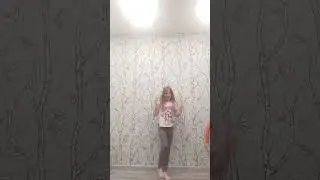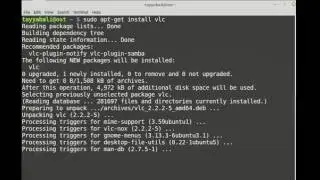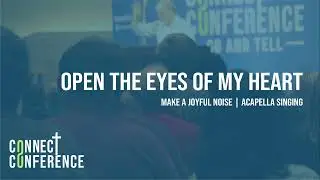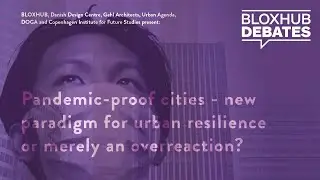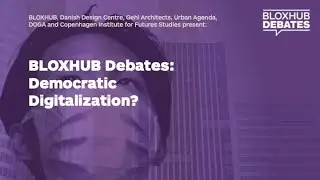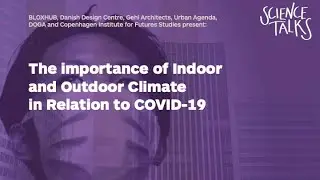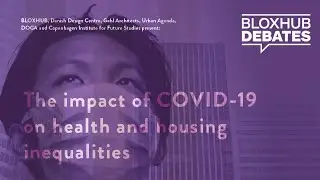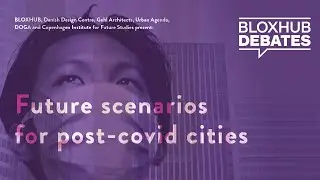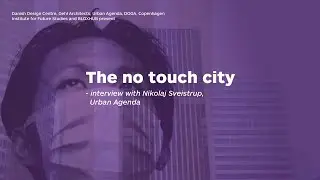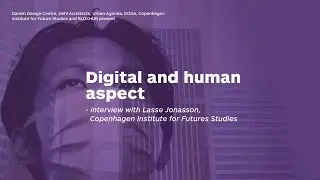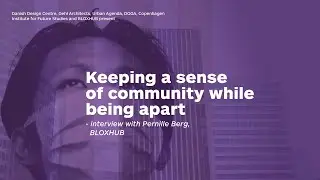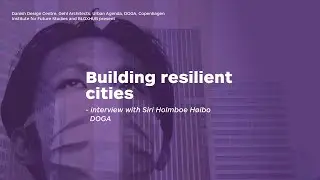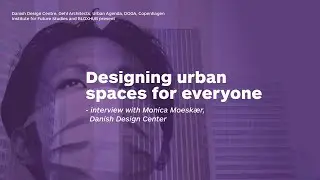BLOXHUB Debates: The impact of COVID-19 on health and housing inequalities
COVID-19 highlights inequality in society - especially in relation to health and housing. So how can we design for more equality and social coherence in our post-pandemic cities and housing?
During this debate we discuss inequality and how it has become more visible during Covid-19. Social housing areas are more exposed to infection, meaning that action needs to be taken – e.g. by combining the qualities of small cities with the density of large cities. Social housing has a potential to contribute to decreasing inequality, but it presupposes a better mix of societal layers than now. The same goes for co-living spaces that are likely to become more popular. We also touch upon the planning of homes, and e.g. highlight that older homes are more adaptable; perhaps we need to go back to this way of building multifunctional homes.
The panelists in the debate are:
Bo Jessen, Senior Consultant, Office of Urban Strategy and Growth, Mayor's Management, City of Odense.
Camilla Moneta, Head of Architecture at Norwegian Association for Architects
Mikkel Warming, Development Manager, the Housing Association 3B
Aksel Goth, Resident at Kamelia Hus, a co-housing community for seniors
Siv Stangeland, Founding partner, architect PhD, Helen & Hard
Facilitated by Katrine Hertz Mortensen, Danish Design Centre / Dansk Design Center
In collaboration with:
Design and Architecture Norway - DOGA, Gehl - Making Cities for People, Urban Agenda / Nikolaj Sveistrup, Copenhagen Institute for Futures Studies, Danish Design Centre / Dansk Design Center
____________________
Chapter & themes:
Click and see 6:40 Chapter 1: Katrine Hertz Mortensen welcomes and presents the panel and the debate topic.
Click and see 9:50 Chapter 2: Bo Jessen starts the debate whit answer the question, how has the covid crisis taught us that, we should plan our cities differently from now on? And how will it affect the future planning of Odense city?
Click and see 17:42 Chapter 3: Mikkel Warming answer the question, how in his opinion can the public housing sector, help to remedy this somewhat gloomy picture that was discussed before in the debate, in the future?
Click and see 32:52 Chapter 4: Camilla Moneta gives her concern on, how our apartments are designed today and how we live doing lockdown, and answer what we could do differently to make the houses and apartments more versatile in the future.
Click and see 41:45 Chapter 5: Siv Stangeland explain what the community “Vindmøllerbakken” project is, and how life was different in the mini citizen under the lockdown compared to other citizens of Norway
Click and see 50:16 Chapter 6: A question from the viewers, how can we have co-living spaces as an alternative way of living, during a pandemic where it is essential that people keep distance from each other?
Click and see 52:52 Chapter 7: Aksel Goth give his insight on living as an elderly in a co-housing community for senior citizens
Click and see 1:00:19 Chapter 8: Katrine Hertz Mortensen ask the panel, what is the most important initiatives that we will be working on when it comes to planning the future cities?



